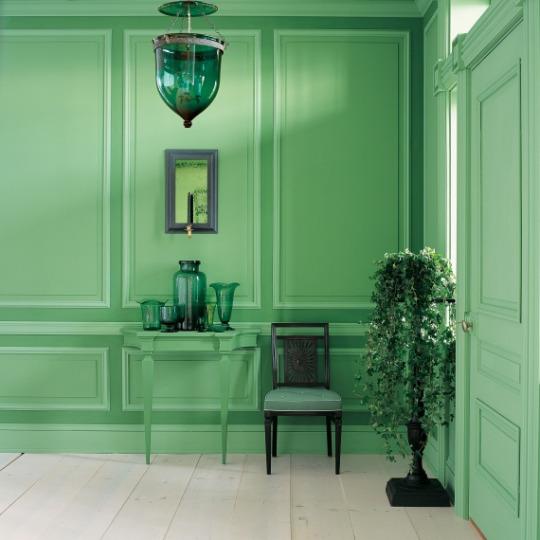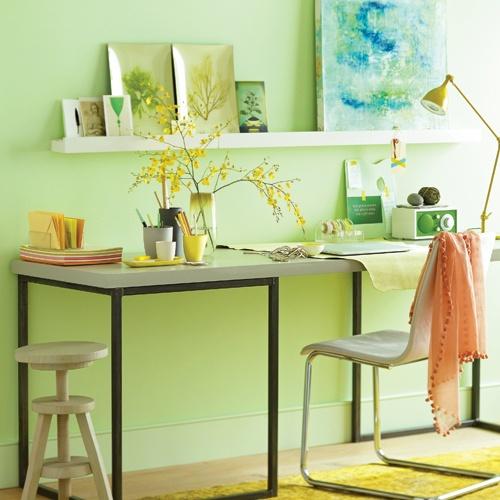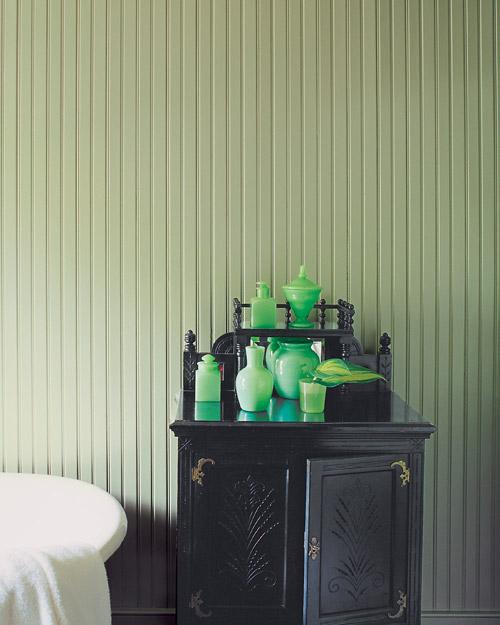by Jason Notte
It's getting better for millennials financially, but the housing market is getting impatient.
A
Ned Davis Research report
from a few months back indicated that joblessness, stagnant income and
student loan debt had not only set millennials back, but kept enough of
them away from buying homes to account for 3 million homes' worth of
property demand. That's 1 million more homes than the 2 million existing
homes, or 4.6-month supply, that the National Association of Realtors
says are in the national inventory.
According to the Census Bureau,
30.3% of millennials ages 18 to 34 still live at home with their
parents. That's more than 22 million out of 76 million millennials,
including nearly 12 million between the ages of 25 and 34. Eric Mintz,
portfolio co-manager at Eagle Asset Management, notes that millennials
living at home are a huge headwind for the overall economy.
“The marriage rate has been down,
but it has a lot to do with the financial well-being of the millennial
generation,” he says. “But it does appear to be on the mend and, as we
work our way through the recovery, household formation should start to
climb higher.”
Millennials have a whole lot of
other obstacles to clear before reaching that point, however. The
effective unemployment rate for millennials, including those who've
dropped out of the workforce, was 13.9% in March. Even those who are
employed are
having a hard time saving. They're coming out of college with
average student loan debt of more than $33,000 apiece, with more graduates having $40,000 or more in student loan debt than at any other time in U.S. history.
They'd like to own homes — and
43.4% of college-educated millennials do want to,
according to the Lending Tree — but 67.4% say they need a higher
salary, 28.7% want to pay off student loans first and 25.7% say
homeownership would be a possibility after they spent time and money on
other things, such as traveling, investing and philanthropic missions.
Besides, 44.8% have less than $5,000 in savings.
“As the economy is rebounding, this market segment is still feeling
longer-term effects of the recession,” says LendingTree founder and CEO
Doug Lebda. “Underemployment and low salaries combined with high student
debt and uncertainty about the future are a reality that is affecting
the housing market. The demand is there, but until this age group sees
higher salaries, lower debt levels and feelings of settlement,
millennial participation in the housing market will be slow.”
Meanwhile, millennials' parents have been
their most trusted financial advisors
and biggest supporters. According to a survey by the Principal,
millennials' parents still chip in for their cellphone bills (12%), car
insurance (8%), health insurance (7%) and rent (7%). Their investment is
starting to pay off.
Joe O’Boyle, a financial advisor and retirement coach with Voya
Financial Advisors in Beverly Hills, Calif., notes that millennials
living at home aren't always doing so because they're jobless. In many
cases, it's the most fiscally responsible way they can pay down debt —
if their parents go along with it. O'Boyle shared the story of a
financially savvy millennial client who is a doctor in Los Angeles and
made the conscious decision to live at home with her parents after
finishing medical school.
“She used the estimated $4,000 a month that would have been going
towards rent and utilities and the cost of living on her own towards
paying down her student loans, building up her emergency reserves and
savings towards a wedding fund,” he says. “She has a great relationship
with her parents, and lived at home for two years — $96,000 in savings —
to put herself in a better financial position to start a life with her
soon-to-be husband.”
One of O'Boyle's other clients, a sales director with a six-figure
salary, opted to live at home to pay off student loan and credit card
debt and build a $36,000 travel fund to give himself $3,000 a month for a
year abroad.
“He said he had no concerns
about finding a job upon his return,” O'Boyle says. “He would live with
his parents for a few months when he returned from his trip. This way he
could find a new job and build up his savings so he could live
comfortably on his own. He said, 'The time for this adventure is now,'
and he made it happen."
Overall, millennials have seen
their fortunes improve during the economic recovery. According to the
Principal, 32% of employed millennials have more job security than a
year ago and just 4% have less job security. Another 30% of millennials
say their savings are in better shape now than a year ago, while just
15% are less comfortable. Finally, 33% of millennials report their
overall financial situation is better than 12 months ago compared with
16% who say it has deteriorated.
Eventually, even among
millennials who live with their parents, that typically means a step
into the housing market. O'Boyle notes that many millennials with good
jobs who can afford to live on their own make the choice, with their
parents, to live at home so they can save money toward buying their
first home. In the costly Los Angeles housing market, one of his
millennial client who is an attorney with student loans or credit card
debt decided to live at home so she could save toward the down payment
on a home. She lived at home for three years after she finished law
school and saved up more than $200,000 to make a 20% down payment on a
home in a nice neighborhood near her office.
“She said that there were some
small sacrifices to her social life that came with living with her
folks, but that it allowed her to buy her first home and it was
definitely worth it,” O'Boyle says. “The trade-off for many millennials
living at home is giving up some of their independence today for greater
financial freedom tomorrow.”
























